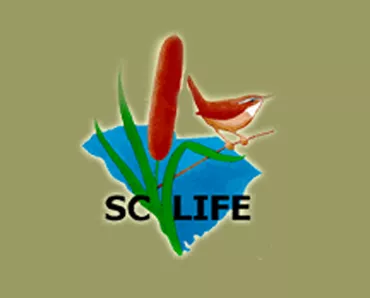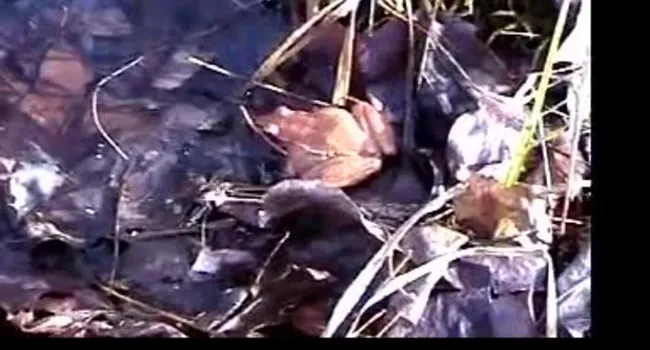
Video
Tides flood into the salt marsh twice a day and bring salty water from the sea. Then twice each day the tide ebbs and leaves the salt marsh high and dry. The tides are at their highest (and lowest)...
Take a virtual field trip to a South Carolina cove forest and a salt marsh. These virtual field trips were produced in collaboration between Clemson University's SC LIFE Project and South Carolina ETV. The virtual field trips were designed specifically for schools lacking easy access to natural areas.
The SC LIFE Project, supported by an award to Clemson University from the Howard Hughes Medical Institute Undergraduate Science Education Program, uses the natural history of South Carolina (and the Southeast) to illustrate basic biological concepts and to stimulate inquiry-based learning. The SC LIFE Program serves elementary, middle and high school students and teachers. The target grade level of the SC LIFE Virtual Field Trips content is middle school.
SC LIFE materials are available for use only in non-profit educational activities. Any other uses, including activities involving fees for instruction and/or materials, must receive permission from the SC LIFE Project Director. Contact SC LIFE Project Office, 132 Long Hall, Clemson, SC 29634, 864-656-4224, with questions about any of our SC LIFE materials or programs.

Video
Tides flood into the salt marsh twice a day and bring salty water from the sea. Then twice each day the tide ebbs and leaves the salt marsh high and dry. The tides are at their highest (and lowest)...
Video
The upper surface of the terrapin's shell, called the carapace, is formed of 13 plates, or scutes. Each scute is roughly circular and grooved with rings. Since one ring is formed each year, the age of...
Video
The great egret is a large white wading bird. Unlike the snowy egret, the great egret has a yellow bill and black legs and feet. This bird is the symbol of the National Audubon Society. Their long...
Video
The mud snail is black, with a very strong shell, and is about 1/2 inch in length. It is an effective scavenger and hundreds of snails will collect around a dead fish or shrimp bait until they...
Video
The salt marsh is home to many animals, including some that people like to eat. Blue crabs are often caught in wire boxes called crab pots. Shrimp grow from tiny larvae to big adults while they live...
Video
This time-lapse clip shows the fiddler crabs emerging from their burrows as the tide goes out. After the movie has loaded and played, try dragging the "playhead" of the clip back and forth to simulate...
Video
Male fiddler crabs have one large claw, which can be either their left or right. They wave these large claws at other males to frighten them away from their territory. When they wave the claw, they...
Video
It ís a raccoon! Raccoons often feed near water and frequently visit the salt marsh during low tide. Raccoons are omnivorous and eat many different plants and animals. In the salt marsh, they often...
Video
(Rana sylvatica) This medium sized frog is primarily a northern species with its most southerly distribution associated with the cove forests of the mountain of SC. It is ieasily identifiied by its...
Video
(Eurycea bislineata) The two-lined is one of the smallest salamanders in the cove forest. This species is found under logs and rocks in the moist soil conditions, usually near water. Breeding occurs...